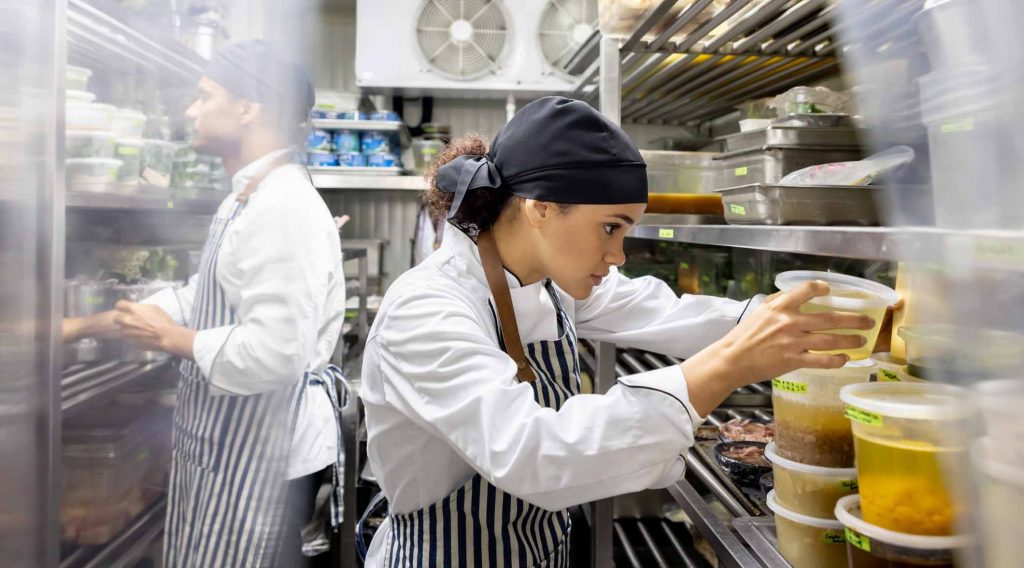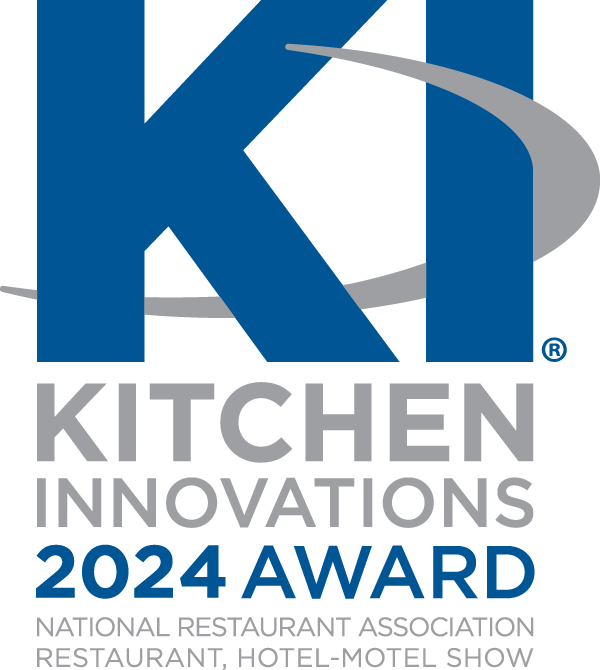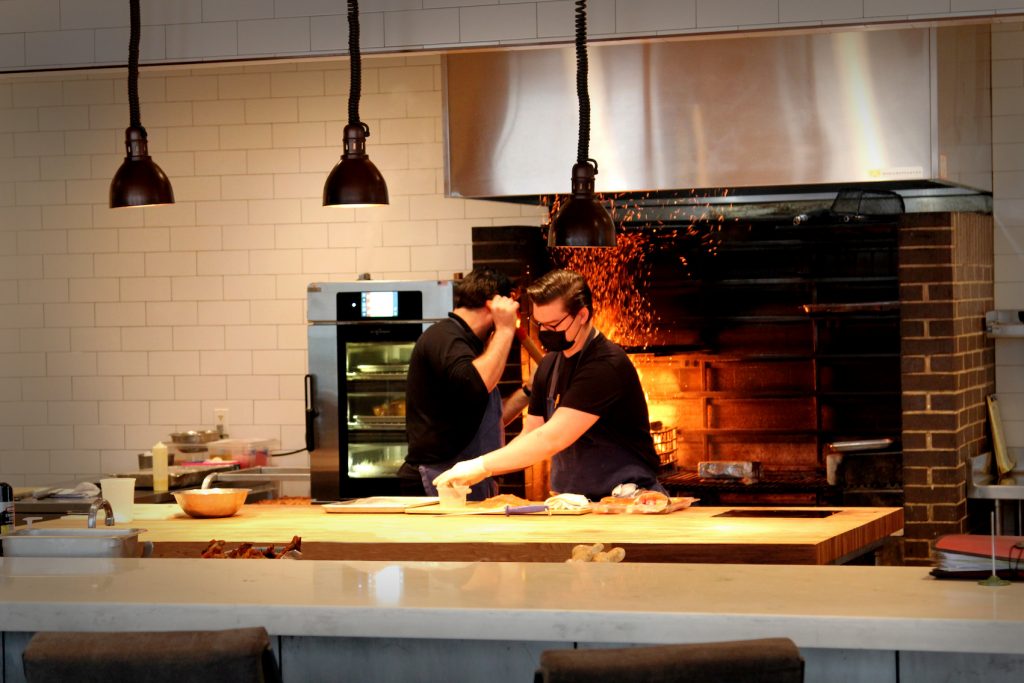
The annual run down of trends, wishes, beliefs, hopes and dreams for the coming 12 months has become something of a seasonal tradition. How much these lists set the tone or merely tap into a zeitgeisty present could be debated for quite some time. I’ll happily admit that I don’t see myself as anything approaching being at the forefront of restaurant fashions, but I do like to keep in tune with what is going up or down. General themes include sustainability, fairness, mental health and trying to tip the balance of power slightly back in favour of the restaurant, rather than the consumer.
Clean meat
The ‘bleeding’ plant-based burger may have dominated social media feeds over the last 12 months, but 2019 might be the year when clean meat (lab grown animal protein – essentially beef without the cow or pork without the pig) starts to hog the headlines. Admittedly it is still at the pricier end of the scale, costing in the region of $2,500 a pound but considering the first four burgers cost $1.3m, it suddenly looks like a bargain. The claims of companies such as Memphis Meats (which includes Bill Gates and Richard Branson as investors) are bold. Fast forward a few years into the future and we won’t need to kill animals to eat meat. Even if they only capture a small percentage of an industry worth almost $1trn a year it would signify major changes.
Alcohol-free spirits
Aside from the fact that teetotalism has almost doubled among under-30s over the last 10 years, the soft drinks industry is finally waking up to the fact that there are several million adult consumers out here who don’t want sugar-laden alternatives to alcohol. Booze-free beer is enjoying a renaissance as a consequence of the booming craft beer market and low-weight or 0% wine is now almost palatable but the real growth over the next twelve months will likely be seen in the spirits market as distillers turn their eye to making complex and flavoursome alternatives to gin, rum and even whisky.
Restorative practices
Sustainability has been the buzzword of the last couple of years, but the very notion is a static concept. Progress relies on putting something back and making sure that the industry, at all levels, is moving forward rather than remaining still. I first heard of the concept with regards to farming practices – making sure that the land is consistently getting better – but it’s one that can easily be applied in the context of the kitchen as well.
Paying for labour
The inconvenient truth of high-end gastronomy is that it exists on a labour model that, taken out of context, looks painfully medieval. Armies of young, hard-working, diligent chefs, at the very start of their career, spend many hours a week allowing some of the finest restaurants in the world to remain at the top of their game by working for nothing. Often more than half the cooks in top kitchens are working at no cost to the restaurant. A select few are taking steps to rectify this. The rest should follow.
Bug bites
One third of the world’s population eat insects on a daily basis. To reject a plentiful, cheap, low-carbon and (mostly) delicious source of protein is ludicrous. Gradually we’re coming round to the idea. Edible insects and insect-derived products have been available as novelty food items for several years but 2019 will mark a tipping point when they start to appear on some serious menus.
Pre-paying
A 2016 survey in the UK estimated that no-shows cost the industry around $25bn a year. With rising costs and squeezed margins the only thing we can do, short of raising prices, is to remove as many variables as possible. Prepayments – so common in virtually every other industry, even ones without the variable costs that hospitality faces – reduce no-shows to between 1-2% of diners.
Collaborations
Contrary to popular opinion, chefs are a pretty genial bunch. We like to chat, talk about life, stresses and strains and even work together – even if only for a short period of time. Chefs guesting in other kitchens, sometimes close to home, sometimes thousands of miles away, is becoming more common. Expect to see this sharing of kitchens even more through 2019.
Plastic is here to stay, for now
Losing drinks straws we can just about cope with. Cutting down on vacuum bags is possible. But until someone invents a plastic-free alternative to Saran Wrap, plastic isn’t going anywhere. Let’s just try to single wrap containers instead of mummifying them, OK?
Back to electric
Yeah, we know. Open-fire cookery is cool. It makes stuff taste good (if a little samey) and people love to watch flames dance in a kitchen. But it’s extremely inefficient, dirty and potentially dangerous. No restaurant that cooks on a platform of environmentalism can possibly justify the use of wood or coal over induction.
Lactobacillus
This friendly little bacteria may have been around for a few more million years than us but it’s recently become something of a superstar ingredient in kitchens the world over. The Noma Guide to Fermentation promises to spread the gospel even further, but expect to wait for up to six months to see some real results.
The Secret Chef




